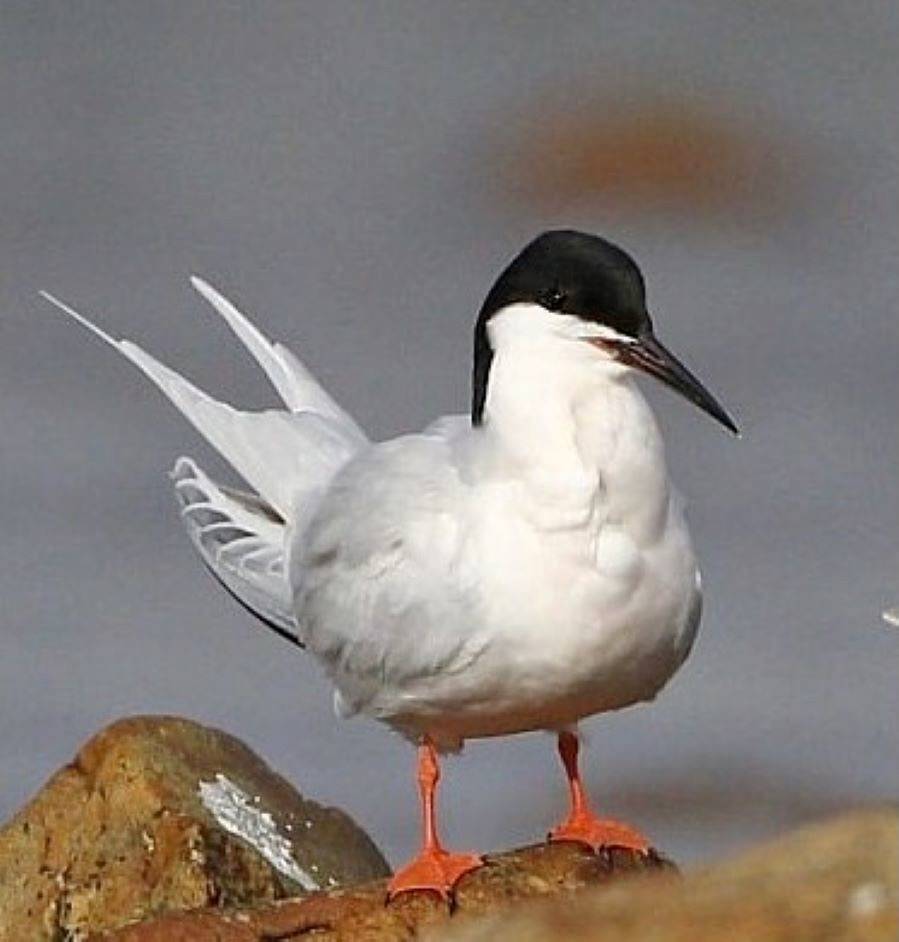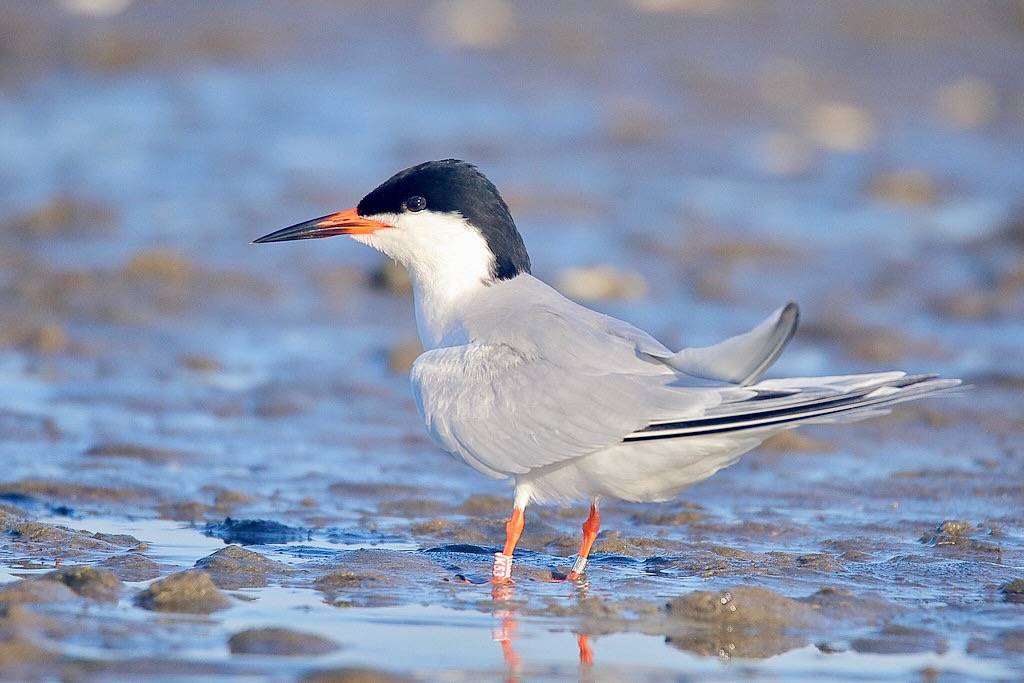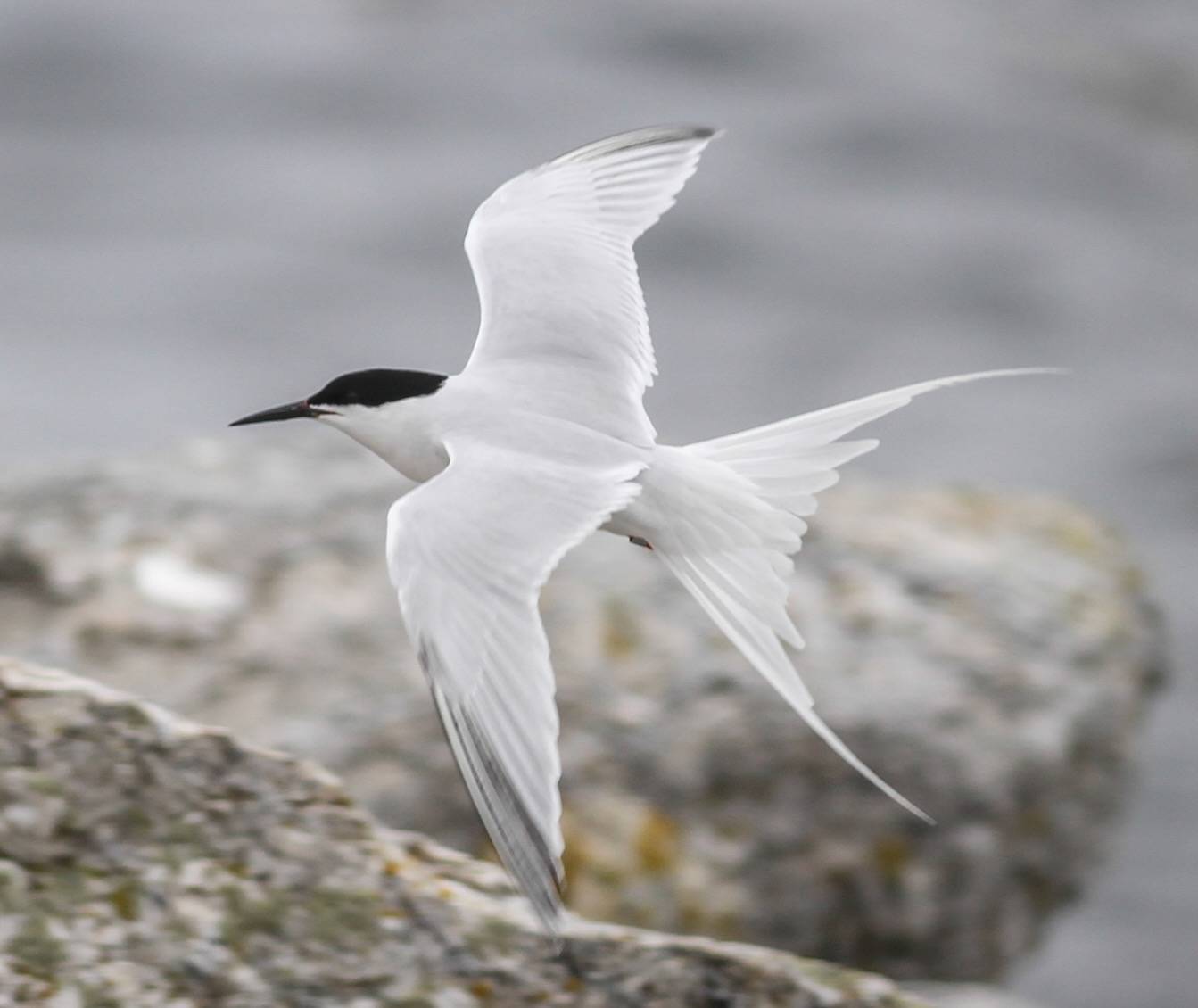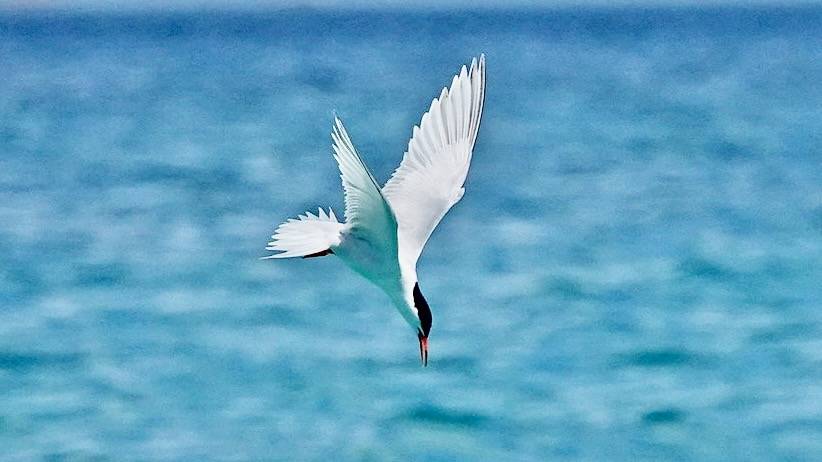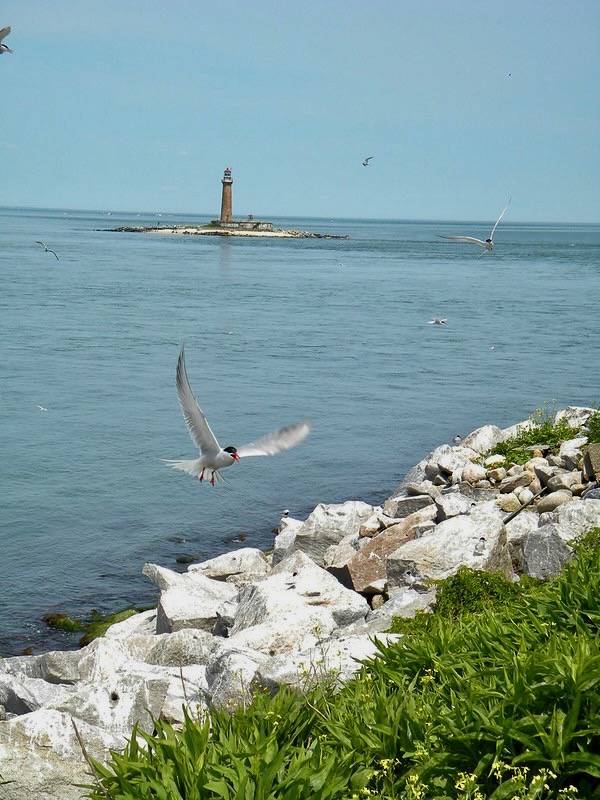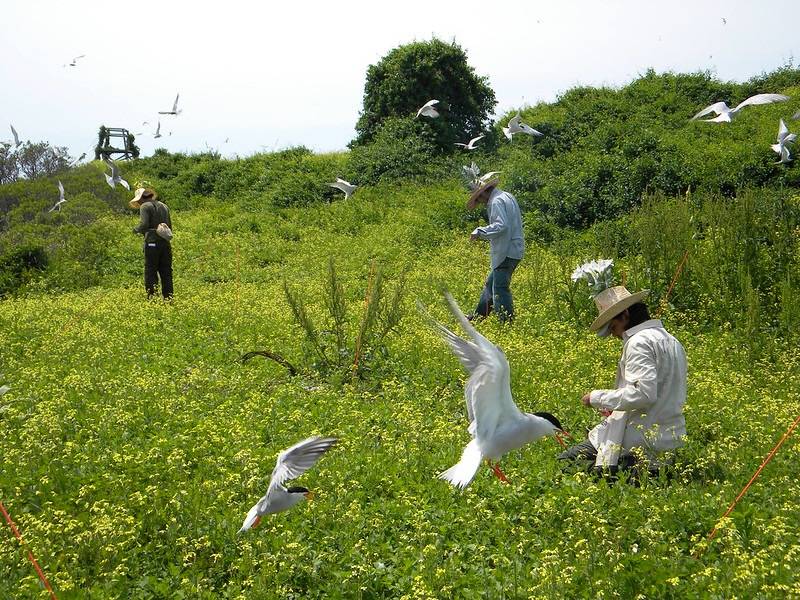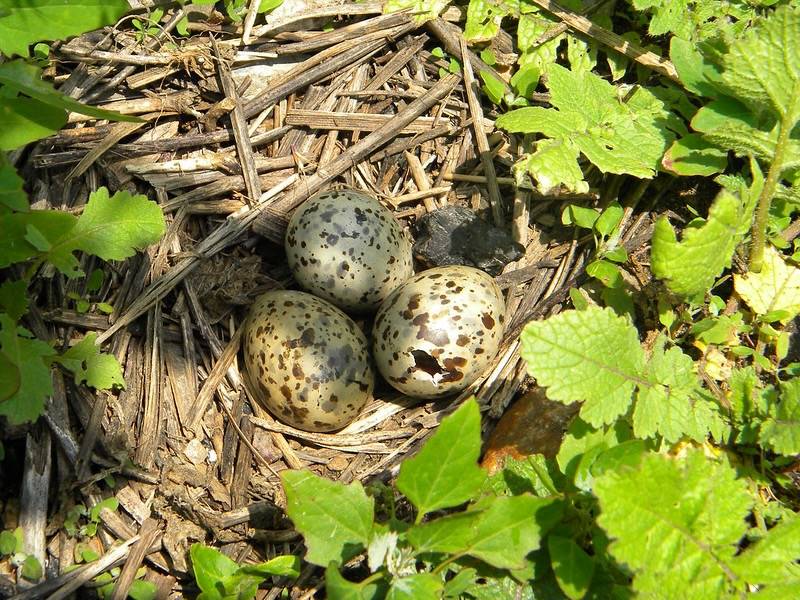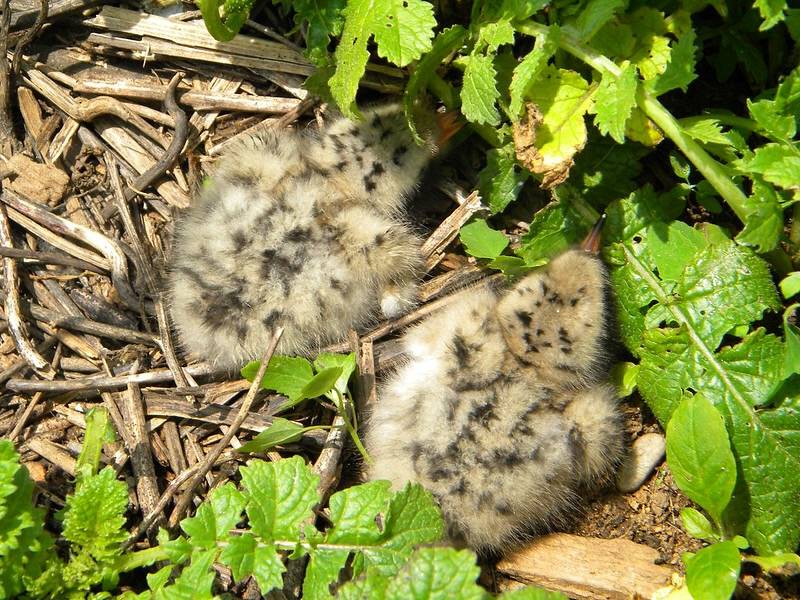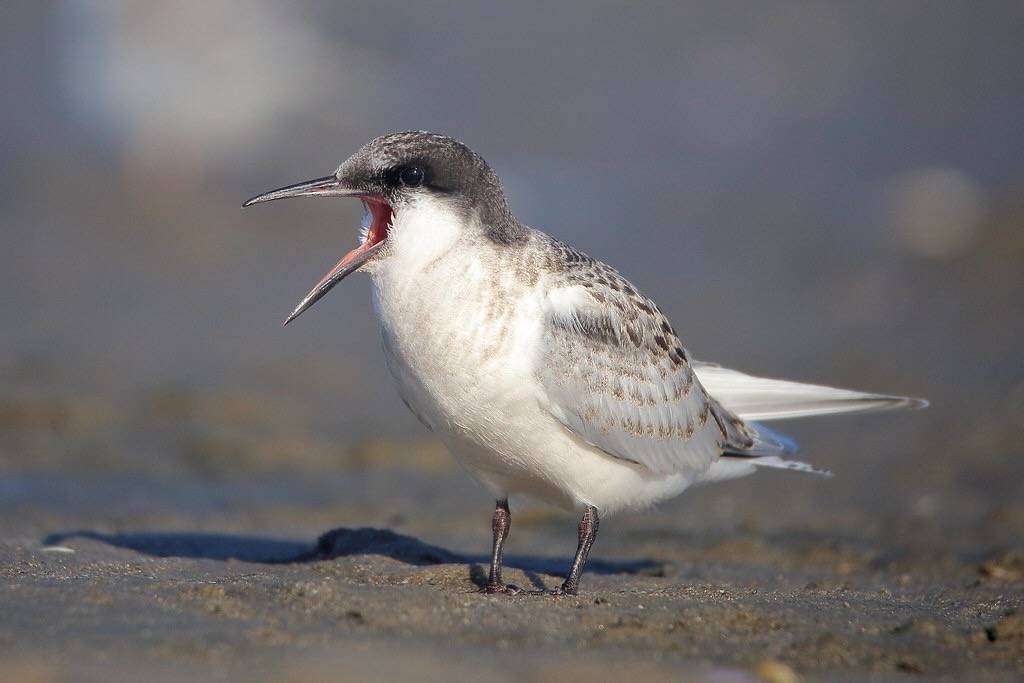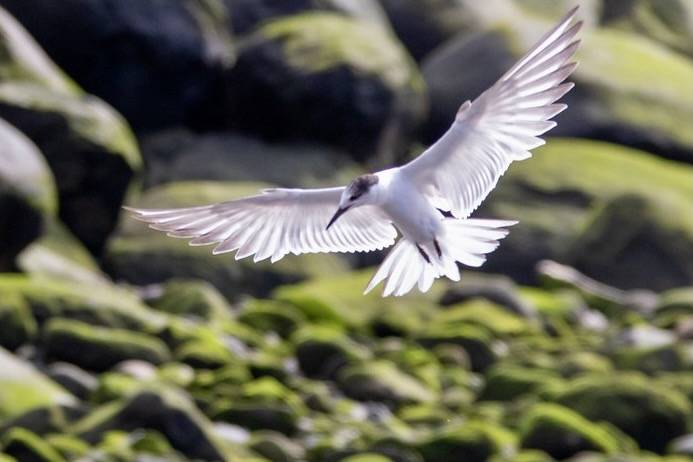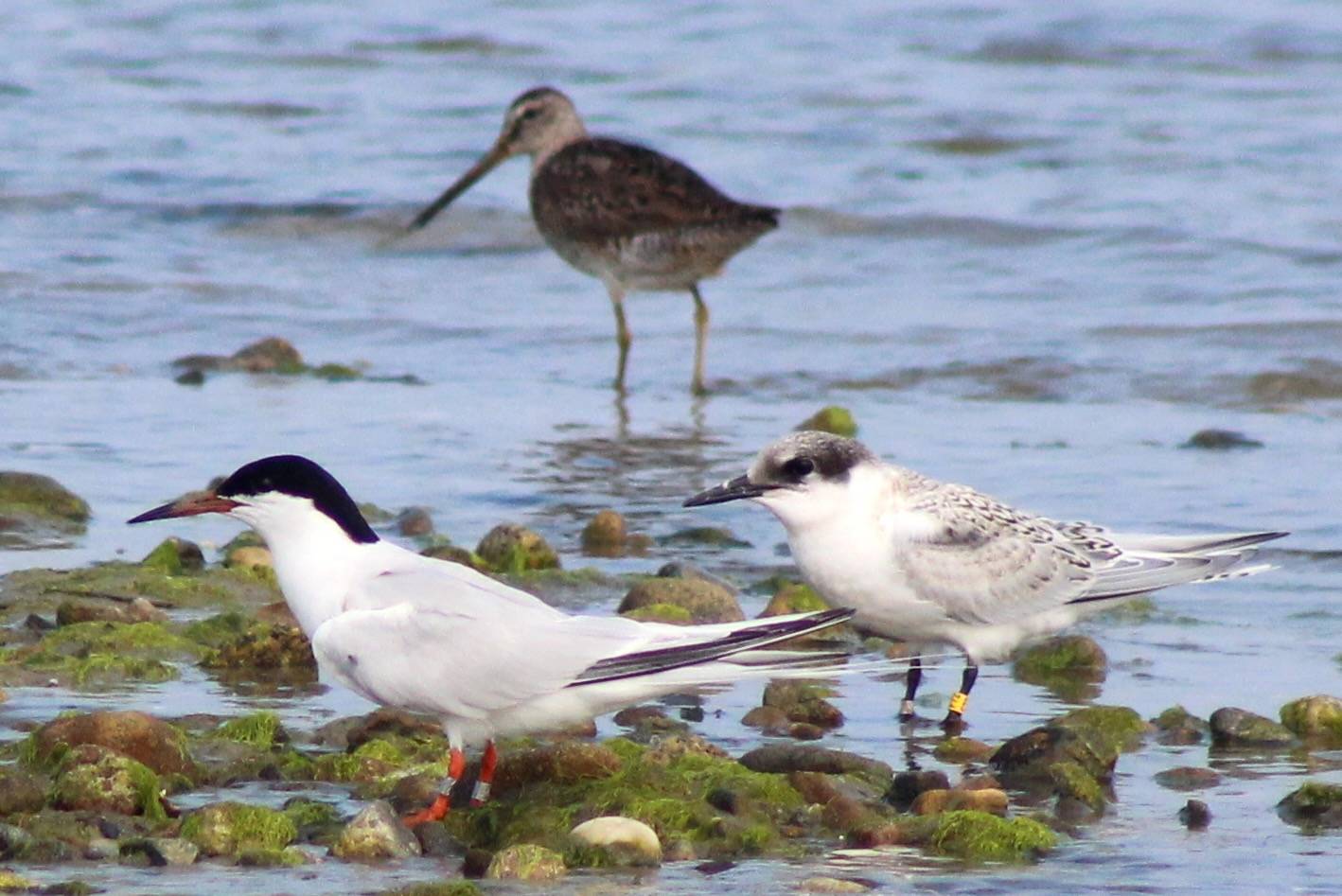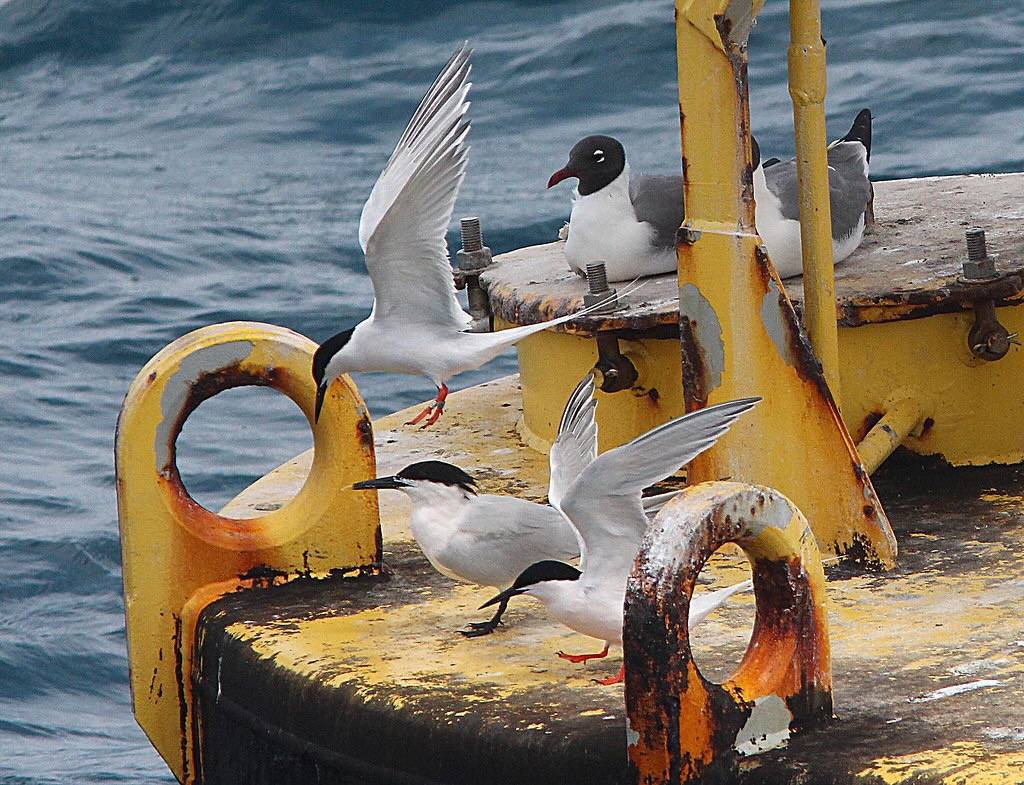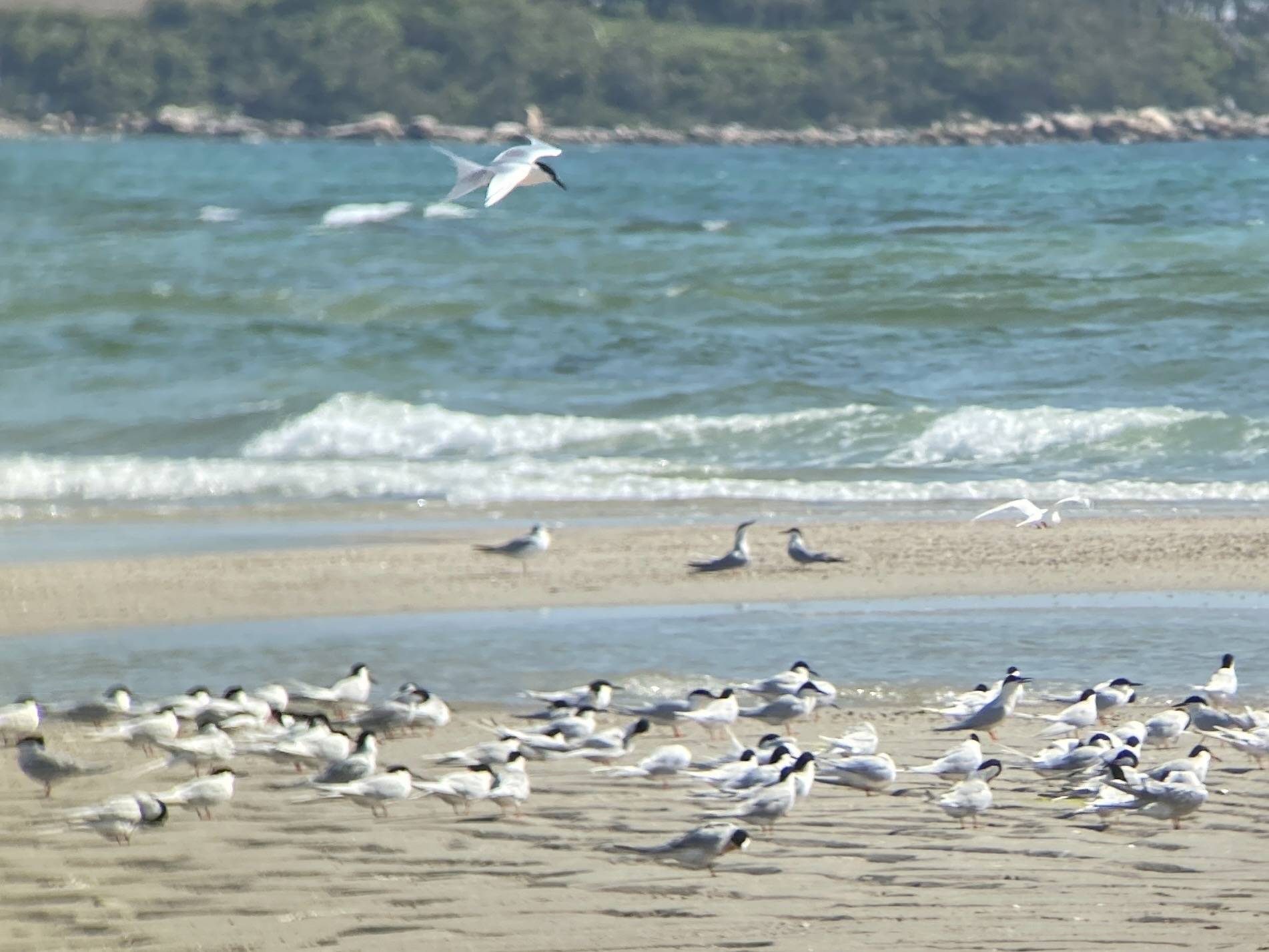Roseate Tern
Records for 2002 through 2023 indicate that the Roseate Tern has only been seen once at Salter Grove in mid-August of 2016. Surprising that it has been seen at all because it normally nests on offshore islands, and tends to migrate along the coast or well out to sea.
It has been sighted more frequently at Conimicut Point Park, another inland site south of Salter Grove and closer to the coast, near where the Providence River becomes Narragansett Bay. Because it feeds almost exclusively on small fish, it probably wanders inland inadvertently while following dense schools of bait fish. Both the breakwater and the causeway at Salter Grove would be likely vantages points for this rare migrant.
The Roseate Tern often flocks with the similar looking Common Tern so it would be easy to confuse the two. Look for the all black beak of the Roseate Tern to distinguish it from the Common Tern which has a deep red bill with a black tip. Be aware, however, that some red appears at the base of the all black bill as the breeding season progresses, necessitating other distinguishing features.
In flight, the Roseate Tern has light underparts but rarely shows the rosy hue suggested by its common name. It has long tail streamers, and relatively short wings with dark outer primaries. In comparison, the Common Tern appears grayer, has relatively shorter tail streamers (that do not extend beyond folded wing tips), and a diffuse dark trailing edge to the primary wing feathers.
The Roseate Tern has a widespread but discontinuous distribution on six continents. North American populations nest in association with Common Terns on offshore islands between Nova Scotia, Canada and Long Island, New York. After breeding, they winter primarily in the waters off Trinidad and northern South America from the Pacific coast of Colombia to eastern Brazil.
Numbers fell drastically from the late 19th century to the early decades of the twentieth century when terns, along with other species, were hunted on a commercial scale to satisfy the fashion craze of decorating hats with feathers. The Migratory Bird Treaty Act of 1918 made it unlawful to collect any migratory bird for any purpose and was important in reversing this decline.
Although populations rallied for a time, the Roseate Tern is once again trending downwards and the U.S. Fish and Wildlife Service officially listed the northeastern breeding population as endangered in December, 1987. Data collected during 1982-1987 for the First Atlas of Breeding Birds in Rhode Island documented breeding in only one of 165 census blocks. Nesting individuals were last documented for Rhode Island in 1984.
Since the Roseate Tern mostly nests in association with Common Terns, measures to maintain breeding habitat for the more numerous Common Tern will benefit both species. Great efforts have been made to deal with lost of breeding islands due to erosion, sea level rise and human disturbance. Unfortunately, it is an uphill battle because its favorite prey the San Lance (70% of diet in Massachusetts) is not well studied and also appears to be succumbing to the effects of shoreline development in combination with warming oceans.
For more information:
https://www.allaboutbirds.org/guide/Roseate_Tern
https://www.audubon.org/field-guide/bird/roseate-tern
https://en.wikipedia.org/wiki/Roseate_tern
https://portal.ct.gov/DEEP/Wildlife/Fact-Sheets/Roseate-Tern
https://www.mass.gov/doc/roseate-tern/download
https://www.birdguides.com/articles/identification/common-arctic-and-roseate-terns-photo-id-guide/
https://www.fws.gov/law/migratory-bird-treaty-act-1918
https://www.usgs.gov/programs/cmhrp/news/quintessential-forage-fish-understanding-crucial-role-sand-lance
Clarkson, C. E., Osenkowski, J. E., Steen, V. A., Duhaime, R. J., and Paton, W.C. (2023) The Second Atlas of Breeding Birds in Rhode Island. Rhode Island Department of Environmental Management Division of Fish and Wildlife. pp. 140-141.

